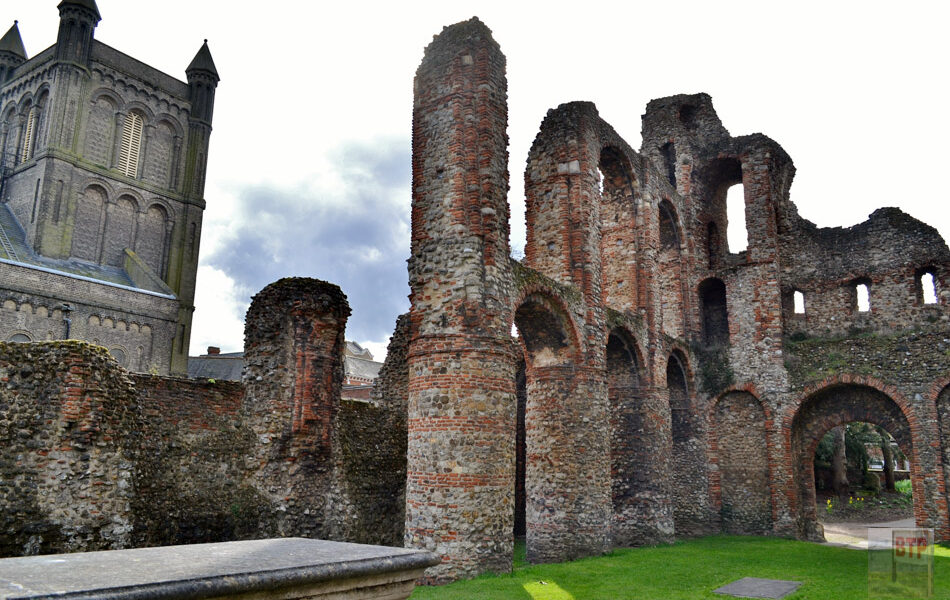Pantile Farm, Canvey
Turn back the clock to 1850 and Canvey Island little more than farmland and a small village, much like the Wild West. Only few of these actually remain today, with Brickhouse Farm being one of the only still in operation. So, where did all the rest go? Well, a majority became left abandoned due to…
View More









